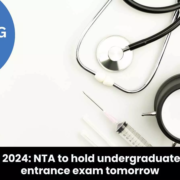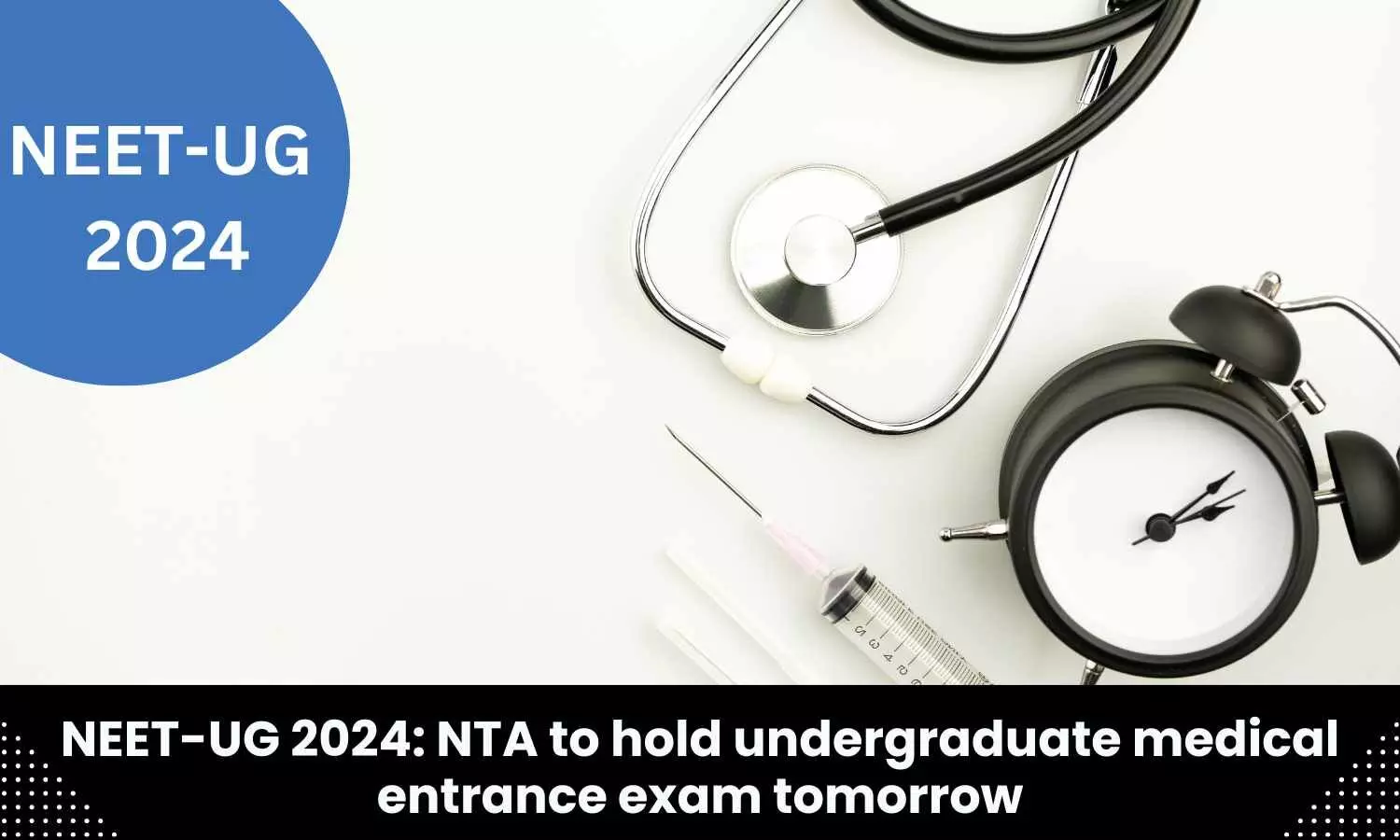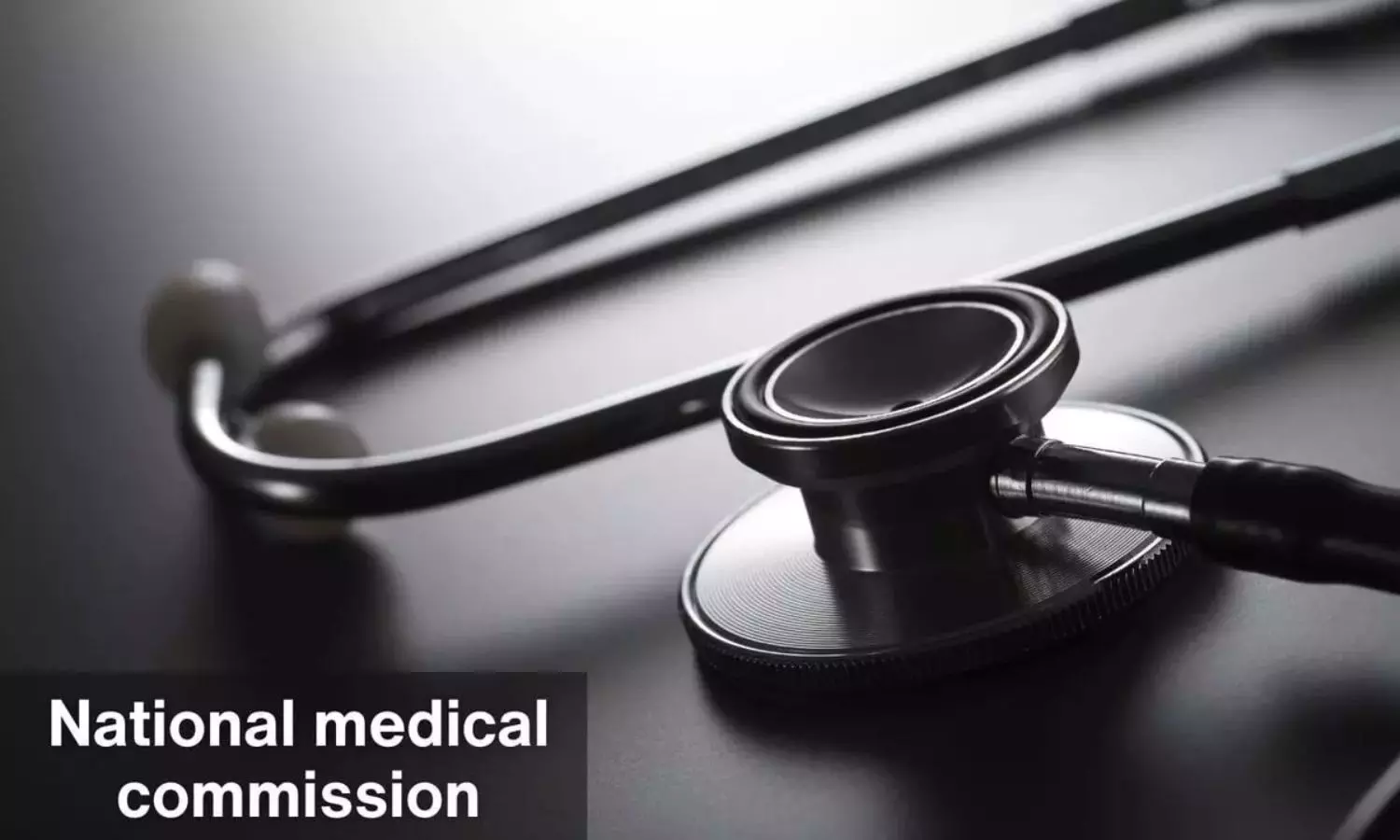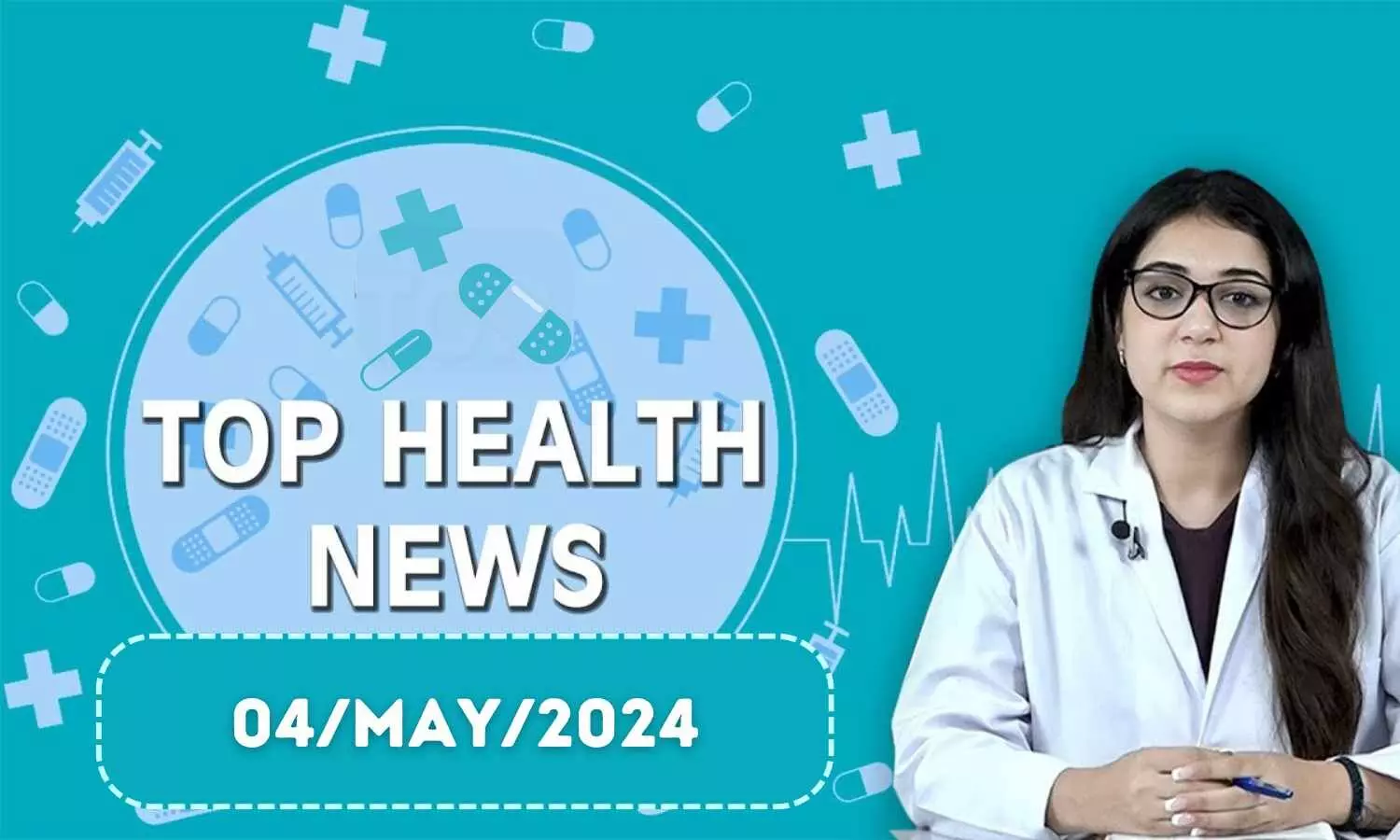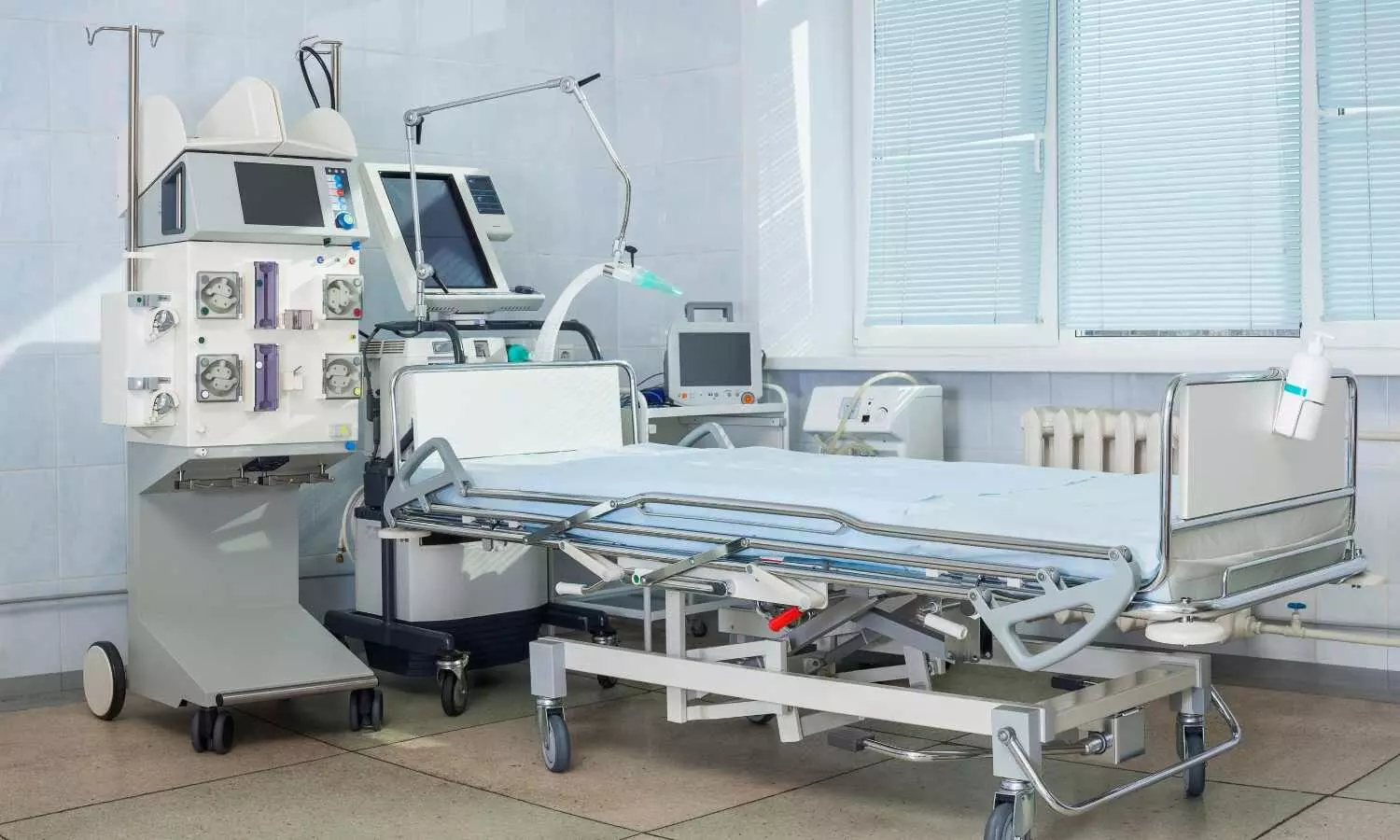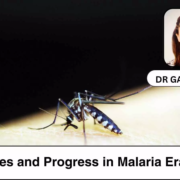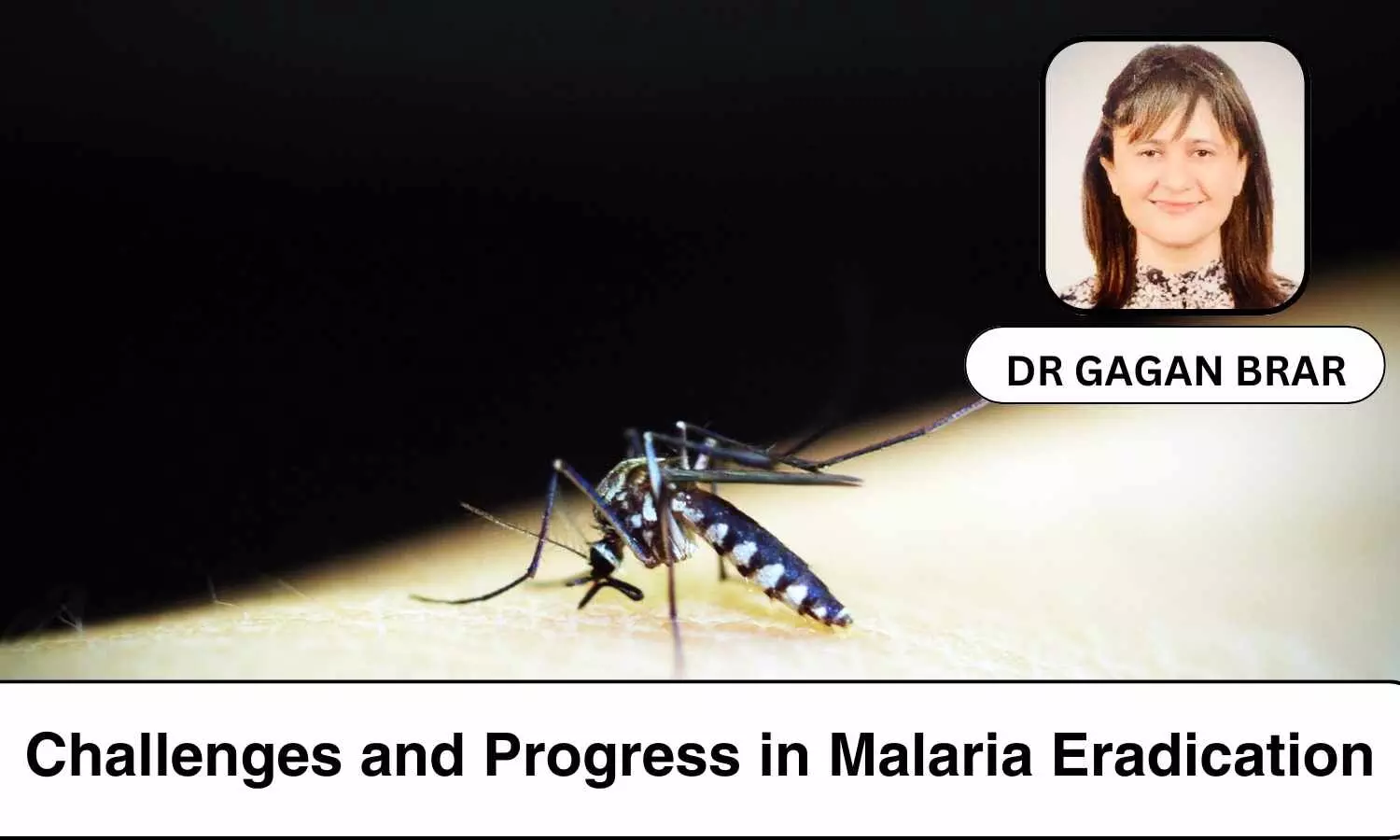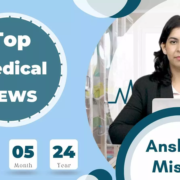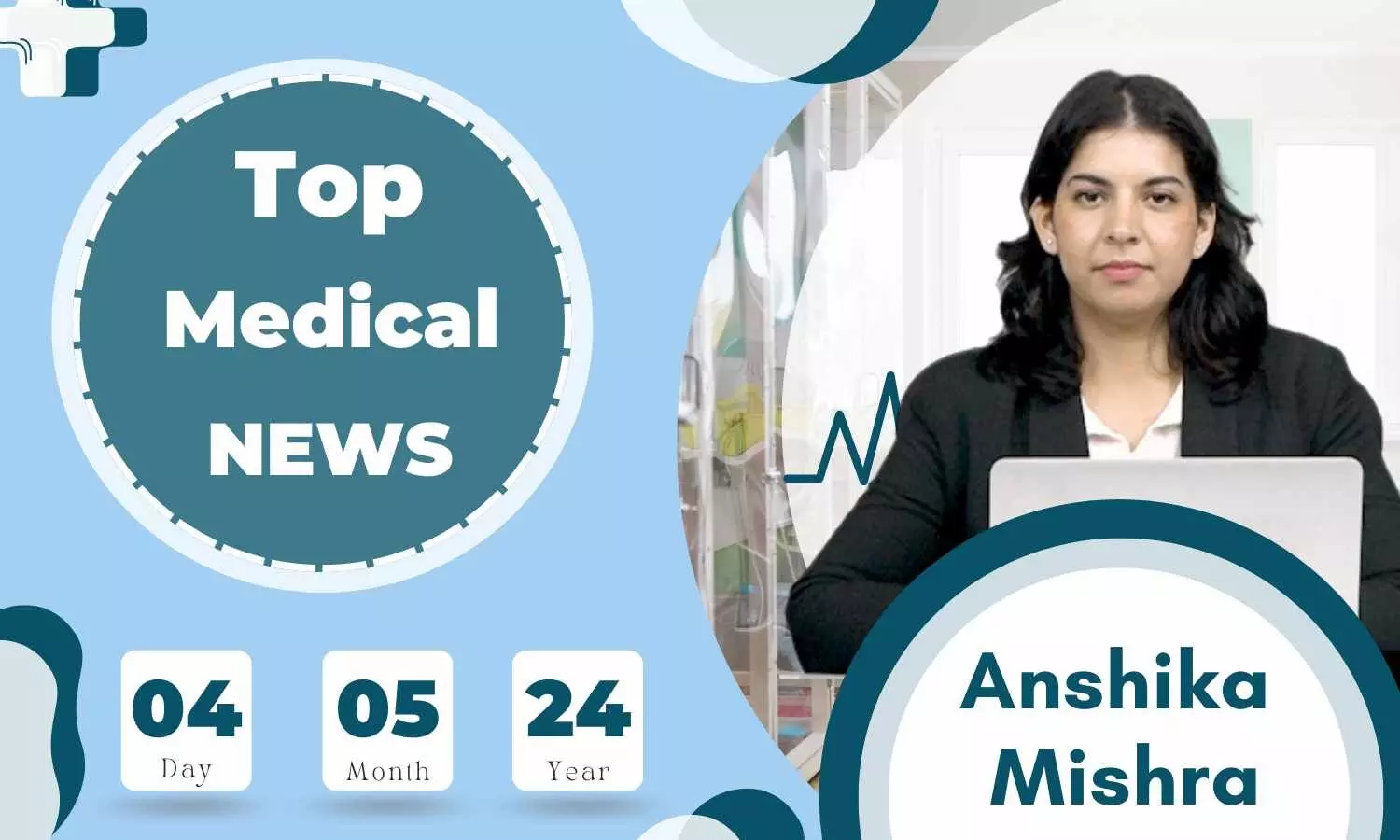Malaria, a disease caused by the Plasmodium parasite and transmitted through the bite of infected mosquitoes, continues to be a significant public health challenge in many parts of the world. Despite concerted efforts to eradicate it, malaria persists in certain countries, posing a threat to millions of lives.
Understanding the reasons behind its persistence, the measures taken by countries that have successfully eradicated it, the symptoms of the disease, the risk factors, and its relationship with other health issues like COVID-19 are crucial for advancing global health agendas.
Why Malaria Persists?
The persistence of malaria in some countries can be attributed to several factors:
Complexity of the Malaria Parasite: The Plasmodium parasite exists in various species and strains, some of which are more resistant to treatment and eradication efforts than others.
Drug Resistance: Over time, the malaria parasite has developed resistance to several antimalarial drugs, diminishing the effectiveness of treatment in certain regions.
Vector Control Challenges: Ensuring effective vector control measures such as insecticide-treated bed nets and indoor residual spraying is difficult in some regions due to limited resources, infrastructure, and climate conditions.
Climate and Environment: Environmental factors like temperature, humidity, and rainfall play a significant role in the prevalence of malaria. Climate change can impact the distribution and transmission of the disease, making eradication efforts more challenging.
Socioeconomic Factors: Poverty, inadequate healthcare infrastructure, lack of education, and poor sanitation contribute to the persistence of malaria by hindering effective control and prevention programs.
Political Instability: Political instability, conflicts, and lack of governance can disrupt healthcare systems, hinder prevention efforts, and create favourable conditions for the spread of the disease.
Challenges in Surveillance and Diagnosis: Inadequate surveillance systems and diagnostic capabilities lead to underreporting of malaria cases, allowing the disease to persist and spread unchecked.
Global Health Priorities: Competing health priorities and limited resources may divert attention and funding away from malaria eradication efforts, slowing progress in eliminating the disease.
Addressing these challenges requires sustained commitment, collaboration among stakeholders, research, innovation, and investment in health systems.
Success Stories in Malaria Eradication
Despite these challenges, significant progress has been made, with 44 countries and territories certified as malaria-free by the World Health Organization (WHO). These countries have implemented comprehensive measures including:
Absence of Local Transmission: Demonstrating no indigenous transmission of malaria within their borders for several consecutive years.
Robust Surveillance and Response: Implementing effective surveillance systems to detect potential malaria cases promptly and respond rapidly to prevent re-establishment of transmission.
Sustainable Control Measures: Maintaining vector control programs, access to high-quality diagnostics and treatment, and comprehensive prevention strategies.
Verification and Certification Process: Undergoing rigorous evaluation by an independent expert panel convened by the WHO to determine eligibility for malaria-free certification.
Countries employ a range of strategies including vector control, case management, surveillance and response, preventive chemotherapy, community engagement, and cross-sectoral collaboration to combat malaria and achieve malaria-free status.
Symptoms
Symptoms of malaria include fever, chills, headaches, body aches, fatigue, nausea, vomiting, abdominal pain, and in severe cases, jaundice, seizures, and coma.
Prevention
Preventive measures include using insect repellent, sleeping under mosquito nets, wearing protective clothing, taking anti-malarial medications, removing standing water, indoor residual spraying, seeking medical advice promptly, and staying informed about malaria risks.
Risk Factors and Relapse
Behavioural aspects and individual characteristics influence the risk of contracting malaria. Factors such as travel to endemic areas, outdoor activities, failure to use protective measures, immune status, genetic factors, previous exposure, climate change, and drug resistance contribute to malaria risk.
After recovery, individuals may experience relapse, especially with Plasmodium vivax and Plasmodium ovale infections. Completing full treatment courses, taking radical cure medications, regular follow-ups, lifestyle modifications, and consulting healthcare providers are essential to prevent relapse.
Malaria and COVID-19
While there is no direct causal relationship between malaria and COVID-19, individuals with compromised immunity may be more susceptible to infections. Co-infection with malaria and COVID-19 could lead to more severe illness and complications.
Overlapping symptoms, strain on healthcare systems, public health strategies, research, and surveillance are crucial for addressing the burden of both diseases.
To sum it up, the fight against malaria requires a multi-faceted approach involving political commitment, international collaboration, innovation, and investment in health systems.
By addressing the challenges, learning from success stories, understanding symptoms, risk factors, and relationships with other health issues like COVID-19, we can work towards achieving the ultimate goal of malaria eradication globally.





